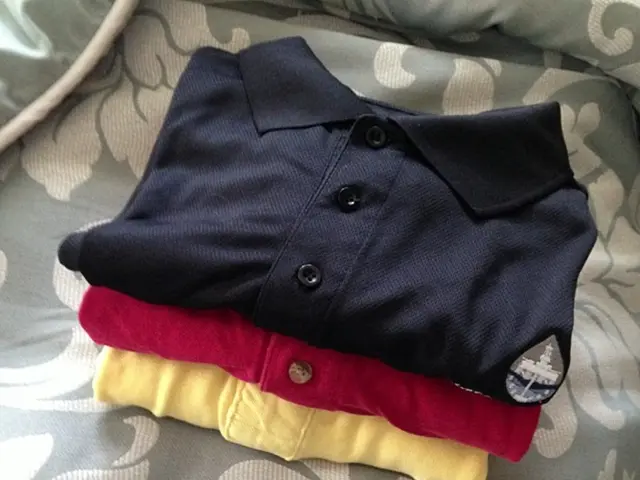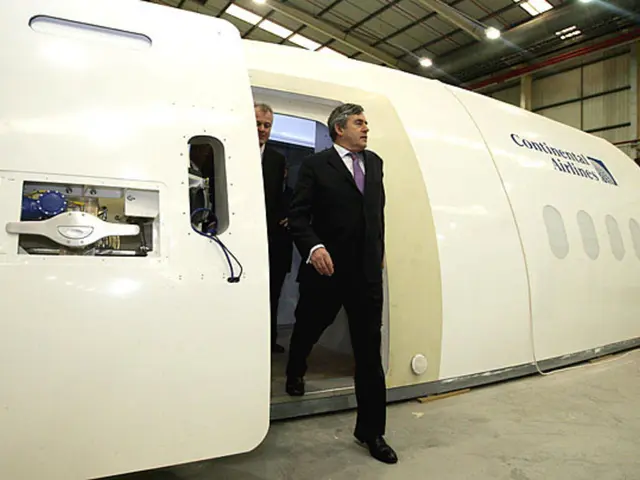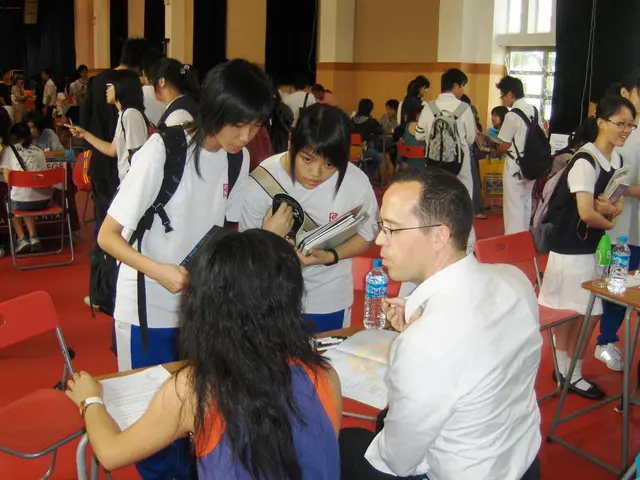WFIRM & Axiom Space Team Up for $160M NSF Grant to Advance Regenerative Medicine in Space
Wake Forest Institute for Regenerative Medicine (WFIRM), a global leader in regenerative medicine, has teamed up with Axiom Space for a significant U.S. National Science Foundation (NSF) Engines grant. This collaboration, worth up to $160 million over a decade, will explore tissue and organ regeneration in microgravity.
WFIRM, based at Wake Forest University in Winston-Salem, North Carolina, has already engineered various replacement tissues and organs. Now, it joins forces with Axiom Space, the principal provider of commercial human spaceflight services to the International Space Station and developer of advanced spacesuits. Together, they will focus on the In-Space Manufacturing ITEC, a project aiming to harness microgravity for breakthrough discoveries in regenerative medicine.
The NSF Engines award, providing $15 million for the first two years, has the potential to transform regions into world-leading hubs of innovation, as highlighted by NSF Director Sethuraman Panchanathan. Both Jana Stoudemire, Director of In-Space Manufacturing at Axiom Space, and Dr. Anthony Atala, Director of WFIRM, expressed excitement about the partnership. They aim to develop use-inspired products, training, and commercialization, expanding job opportunities and economic development in the region.
The WFIRM-Axiom Space partnership, backed by the NSF Engines grant, seeks to unlock the secrets of regenerative medicine in microgravity. With the potential to revolutionize healthcare and stimulate regional growth, this collaboration marks a significant step in the quest to engineer replacement tissues and organs.
Read also:
- Comprehensive Cancer Care Strategy Encompassed by Siemens Healthineers Entirely
- Federal solar energy initiatives among Wyoming's tribal communities face varying outcomes following the Trump Administration's withdrawal of funding.
- Exploring Hemp Insulation: Is This Eco-Conscious Solution Worthwhile for Your Construction Project?
- Construction fleet and urban transport emissions could see a significant reduction with the implementation of biogas as a game-changing solution.








